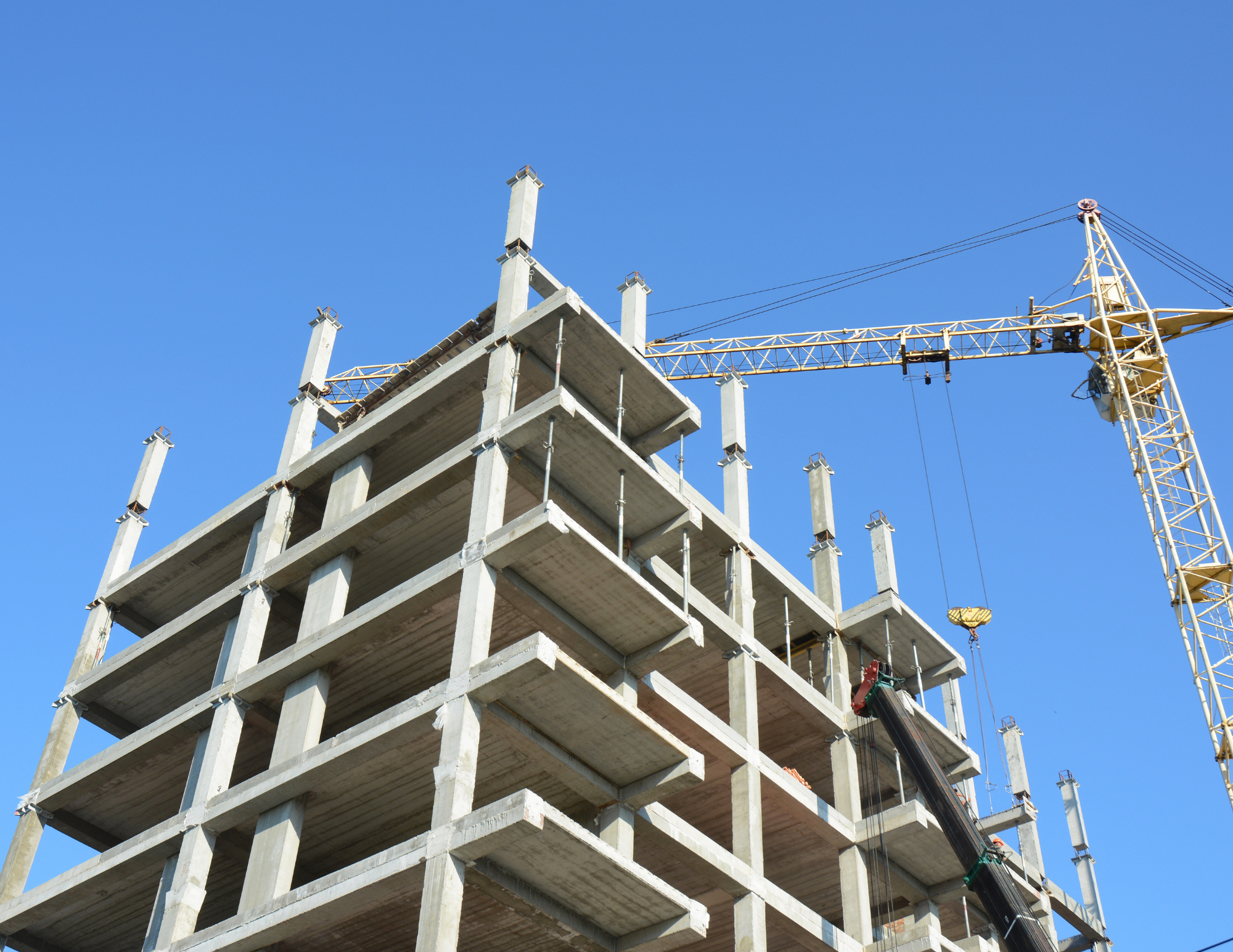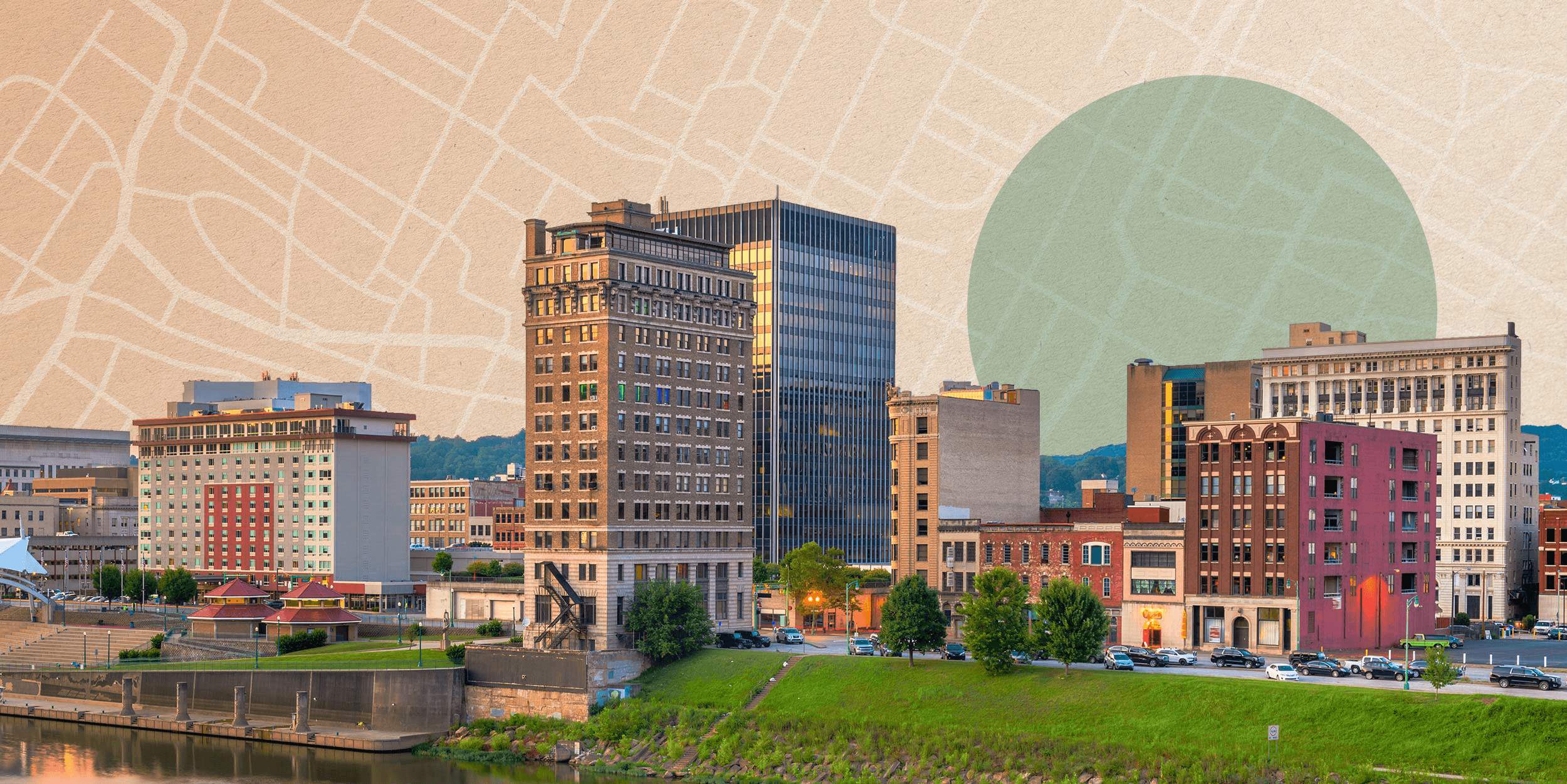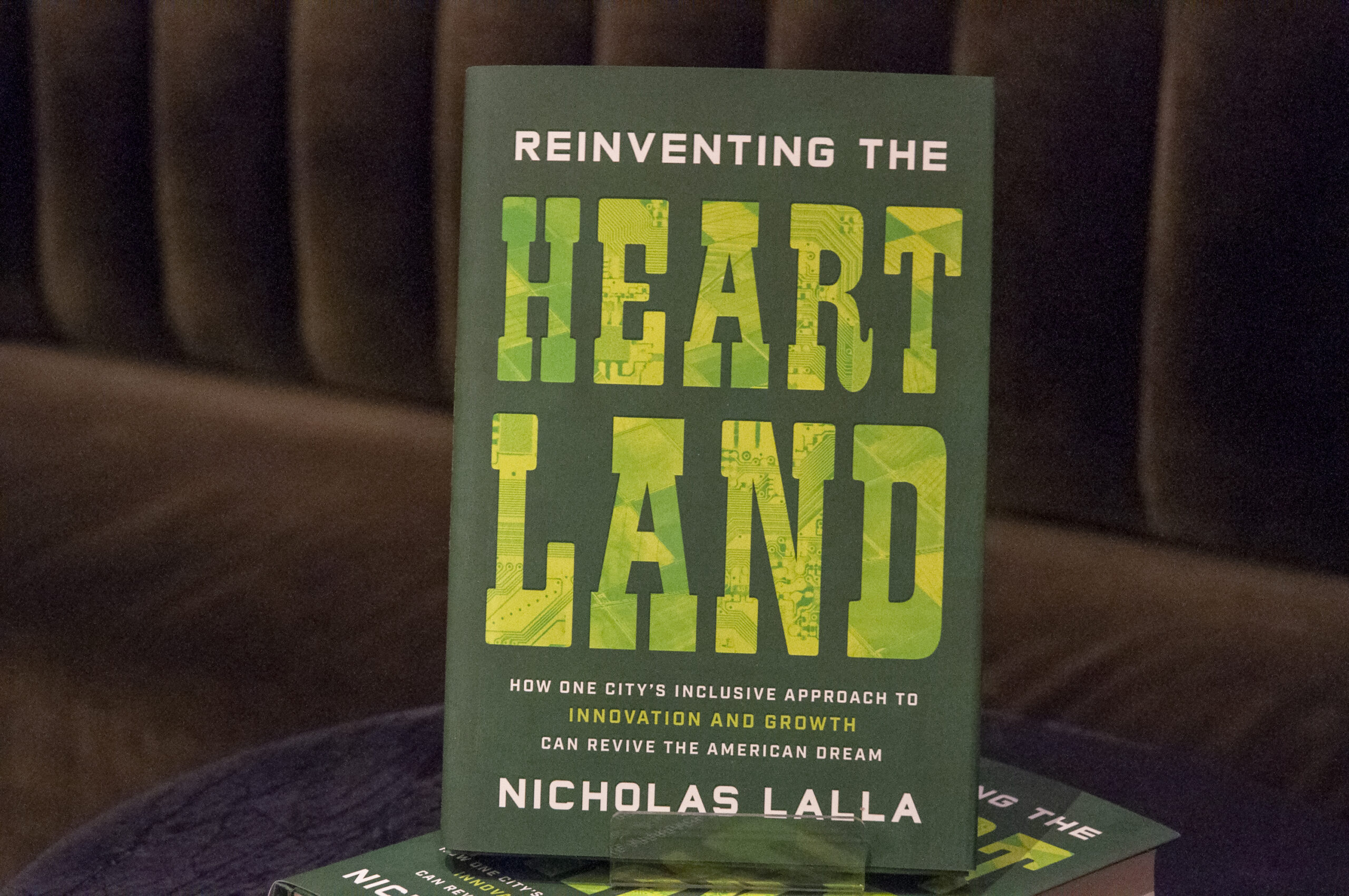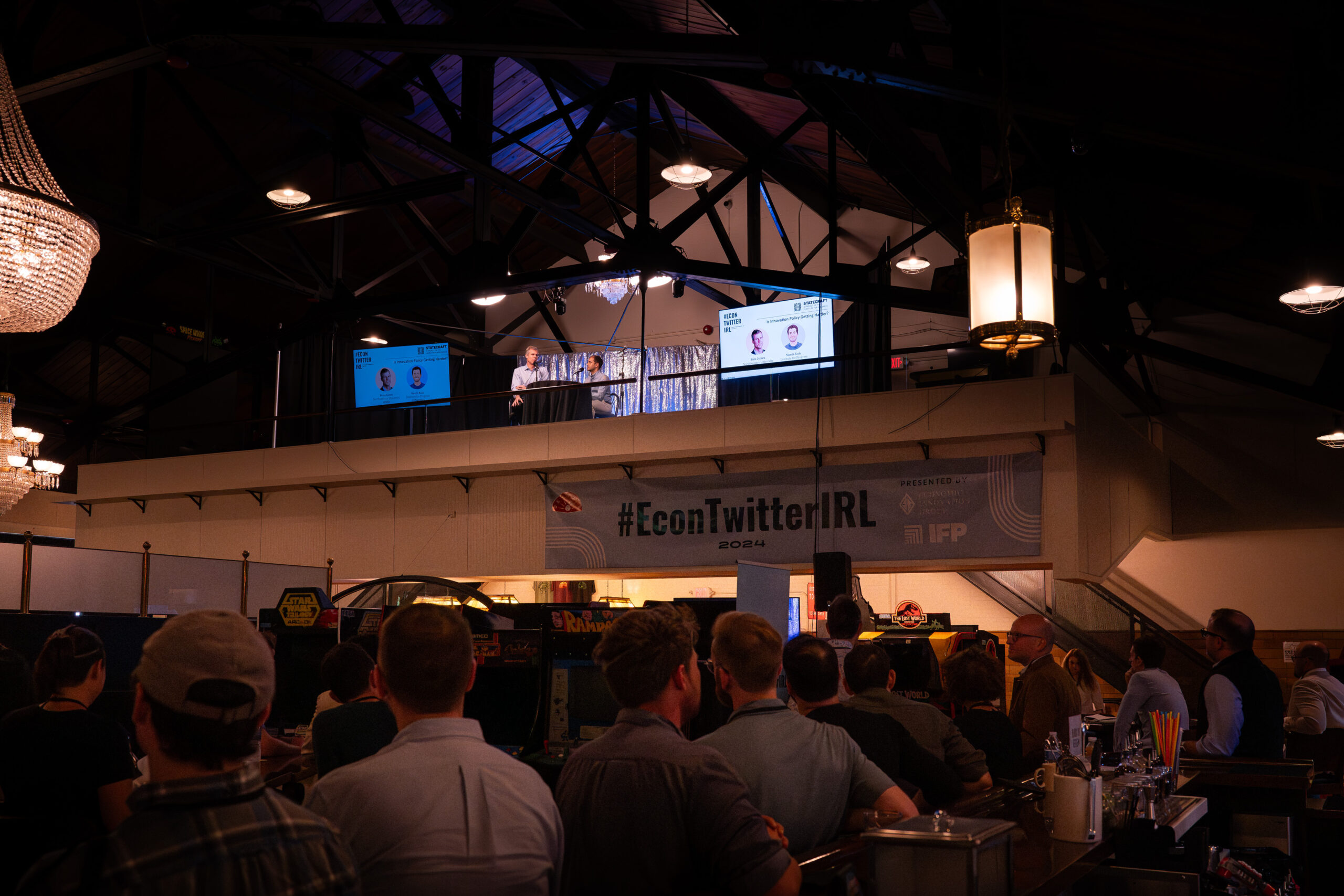
Facts & Figures
NOTE: Figures were updated in December 2020 based on the U.S. Census Bureau’s American Community Survey 2015-2019 5-year estimates.
In the summer of 2018, the U.S. Department of the Treasury certified 8,766 individual census tracts across all 50 states, six territories, and the District of Columbia as Opportunity Zones. 294 Opportunity Zones contain Native American lands and nearly a quarter (23 percent) are in rural areas. These communities were chosen by governors from the wider universe of qualifying low-income census tracts. Governors selected tracts that on the whole demonstrated far more distress across nearly every available social and economic measure than the eligible tracts they bypassed. The result is a map of both need and opportunity across which one of the most exciting economic and community development experiments in at least a generation will play out.

How do Opportunity Zones work?
Investors can now choose to roll capital gains over into qualified Opportunity Funds, which in turn channel patient capital into qualifying equity investments in Opportunity Zones for at least a decade in exchange for capital gains tax reductions and possible exemptions. This new source of risk capital will seed new startups, accelerate business expansions, create jobs, increase and improve housing options, and revitalize the built environment in distressed communities across the country
Here’s what we know about where these communities stand today.
Opportunity Zones Demographics
Poverty rate |
Median Family Income |
Minority share |
Adults without a high school diploma |
Adults with a bachelor’s degree or higher |
Prime age adults (25-54) not working |
Housing vacancy rate |
Life expectancy |
|
|---|---|---|---|---|---|---|---|---|
Opportunity Zones |
26.4% | $49,900 | 56.9% | 20.5% | 18.6% | 30.0% | 12.8% | 75.2 |
Non-OZ low-income tracts |
22.0% | $55,400 | 53.4% | 18.9% | 20.6% | 26.6% | 11.0% | 76.3 |
All low-income tracts |
23.2% | $53,900 | 54.4% | 19.4% | 20.1% | 27.5% | 11.5% | 76 |
National |
13.4% | $77,300 | 39.3% | 12.0% | 32.1% | 21.5% | 8.2% | 78.6 |
Source: 2015-2019 American Community Survey 5-year estimates
Map of all Opportunity Zones
Note that several of the sources cited here do not provide data for U.S. territories. The following analysis, therefore, presents information on the 7,826 zones across the 50 states and D.C. unless otherwise noted. Similarly, all figures are derived from the latest available American Community Survey 5-year estimates unless otherwise noted.
By most measures of socio-economic well-being, Opportunity Zones are among the highest-need communities in the United States
Population and demographics
31.5 million people call Opportunity Zones home (35 million including Puerto Rico and the territories). The majority of Opportunity Zones residents, 57 percent, are non-white minorities, compared to 39 percent of the country as a whole. Black Americans are particularly over-represented in Opportunity Zones, constituting more than twice as large a share of the zone population as they do the national population.
All together 3,597 Opportunity Zone census tracts (46 percent of the total) registered population declines between the 2006-10 and 2015-19 time periods, collectively shedding 1.5 million residents.
Poverty1
In total, 7.5 million Americans residing in Opportunity Zones live in poverty. Opportunity Zones have an average poverty rate of 26.4 percent compared with the national poverty rate of 13.4 percent.
Poverty rates rose in 47 percent of zones between the 2006-10 and 2015-19 periods.
Even though Opportunity Zones only cover one-quarter of the country’s low-income census tracts, they cover 48 percent of all U.S. census tracts that have been persistently poor (with a poverty rate of at least 30 percent) since at least 1980. They cover 54 percent—more than half—of the country’s pockets of concentrated persistent poverty, meaning census tracts in which at least 40 percent of the population has lived in poverty since at least 1980.
Income
The median family income (MFI) in the average Opportunity Zone is $49,900, compared to $77,300 nationally. A majority of zones have an MFI below $50,000. Only 7 percent of zones have an MFI above the national one. There are as many Opportunity Zones in the $35,000-37,500 band alone as there are above the national MFI.
Even as median family income increased by 22.7 percent at the national level between the 2006-2010 and 2015-19 periods, inflation-adjusted incomes declined for the median family in 45 percent of Opportunity Zones, and the average MFI in an Opportunity Zone only increased by 4.8 percent.
Life expectancy
Life expectancy in the average Opportunity Zone is 75.1 years, more than three years shorter than the 78.3 nationwide or the 78.6 outside of Opportunity Zones.1
Health outcomes
The Center for Disease Control and Prevention (CDC) publishes census tract level health data for all U.S. census tracts. Individuals living in Opportunity Zones are less likely to take advantage of preventative health services, such as flu shots, mammograms, and dental care, and more likely to suffer from medical conditions that include asthma, diabetes, and heart disease versus those living in non-Opportunity Zone tracts. The average obesity rate in these Opportunity Zones is 5.7 percentage points higher (37%) than non-Opportunity Zone tracts and nearly one-third of residents of these Opportunity Zones did not participate in any leisure-time physical activity, compared to 25 percent of residents of non-Opportunity Zone tracts.2
Food access
The U.S. Department of Agriculture provides data on “food deserts”, which are defined as low-income census tracts without a full-service grocery store within a 1-mile radius in urban areas or within a 10-mile radius in rural areas. While Opportunity Zones represent around 11 percent of all census tracts, they account for 24 percent of the nation’s food deserts. In total, 2,225 Opportunity Zones, or 28 percent of all zones, qualify as food deserts.3
Education
Educational attainment in Opportunity Zones is lower than the nation as a whole, with 19 percent of adults 25 and older have obtained at least a four-year college degree, compared to 32 percent of adults nationally. Tellingly, more adults in Opportunity Zones lack a high school diploma than have a four-year college degree.
Opportunity Zones have troubled residential housing markets
Vacancy
The housing vacancy rate in the average Opportunity Zone is 13 percent, compared to 8 percent nationally. In 47 percent of zones, housing vacancy rates rose between the 2006-10 and 2015-19 periods.
Rent burden
Fifty-three percent of renting households in Opportunity Zones are rent-burdened, several percentage points higher than the rest of the United States. Households are defined as rent-burdened if they spend 30 percent or more of their household income on rent.
Aging stock
Opportunity Zones’ housing stock is much older than that of non-Opportunity Zone areas; in the average zone, 56 percent of residences were built more than 50 years ago, compared to 44 percent for non-OZs.
Home values
The average median home value in an Opportunity Zone is $170,000, compared to $218,000 nationwide. The median home is worth less than $100,000 in 40 percent of zones, and median home values declined in 39 percent of all Opportunity Zones between the 2006-10 and 2015-19 periods.
Homeownership
Homeownership rates are lower in Opportunity Zones than in the country as a whole: the average homeownership rate in an Opportunity Zone is 45 percent, compared to 64 percent nationwide. For Black Americans, the homeownership rate was just 31 percent in Opportunity Zones (42 percent nationally), and for Hispanics, it’s 38 percent (47 percent nationally).
Continued disinvestment and low levels of economic mobility threaten the vast majority of Opportunity Zones and residents
Data from Harvard University’s Opportunity Insights, the research organization associated with Raj Chetty’s pathbreaking studies into equality of opportunity in the United States shows that today’s Opportunity Zones are overwhelmingly places that have struggled to deliver economic opportunity to their residents for at least a generation.
Incarceration
One of the many challenges facing the children of poor families in Opportunity Zones is a significantly higher likelihood of incarceration when they reach young adulthood. Research from the Opportunity Atlas shows that young adults from poor backgrounds who grew up in neighborhoods that are now Opportunity Zones were significantly more likely to be incarcerated than those who grew up in non-Opportunity Zones communities. Fully 3.2 percent of the offspring of low-income families born between 1978 and 1983 in what are today Opportunity Zones were in prison in 2010, compared to 2.0 percent of individuals born outside of Opportunity Zones and 2.7 percent born in the average low-income community that was not designated an Opportunity Zone.4
Income mobility
Economic mobility for children from poor backgrounds is measurably worse in Opportunity Zones than outside. Only 7.3 percent of children born to poor parents in the average Opportunity Zone were able to climb into the top fifth of the income distribution upon adulthood, lower than the 13.2 percent average for poor children outside of Opportunity Zones.
Despite these challenges, many Opportunity Zones retain economic assets that could serve as anchors for revitalization
Jobs and businesses
Opportunity Zones are more likely to host commercial and business activity than non-Opportunity Zones, which is to be expected given that governors typically prioritized commercial areas or mixed-use districts for this investment incentive than purely residential neighborhoods. Together they contain a total of 24 million jobs and 1.6 million businesses.7 According to business intelligence provider SMB Intelligence, zones are home to 6,300 prime growth businesses poised for investment and expansion in the near term. Between 2015 and May 2019, businesses based in Opportunity Zones won over 3,200 Small Business Innovation Research and Technology Transfer (SBIR/STTR) grants, which are awards federal agencies extend to especially innovative and high-potential small technology businesses.8
Despite these nodes of economic activity, 30 percent of prime-age adults residing in Opportunity Zones are not working, compared to 22 percent across the United States. There remains considerable untapped potential in local workforces.
Assets and anchor institutions
There are at least 284 entrepreneurship incubators or accelerators in Opportunity Zones (and counting; several Opportunity Funds are investing in more such facilities).9
Opportunity Zones are home to at least 379 2- and 4-year colleges and universities, with numerous other institutions directly adjacent. Of the 379 zone colleges and universities, 56 are HBCUs, or Historically Black Colleges and Universities. A further 14 are tribal colleges. According to The New Localism, of the 8,766 total Opportunity Zones, one-third either contain a hospital or are within a half-mile of a hospital. A total of 479 airports of varying sizes are located in Opportunity Zones, with much more directly adjacent to them as well.10
Brownfields
Opportunity Zones, which represent only 11 percent of all U.S. census tracts, contain nearly one-third (32 percent) of the country’s brownfield sites, which are properties that have been contaminated by prior (often industrial) use and typically stand vacant for years or decades.11 Altogether the country’s 8,766 Opportunity Zones contain over 14,700 known brownfield sites.
Clean energy
Clean energy is already taking root in Opportunity Zones. There are 475 solar energy installations producing more than 1MW of activity in Opportunity Zones, as well as 127 wind farms and 15 battery plants of at least the same capacity.12
Upcoming Event
There are currently no upcoming events, please check back soon.









